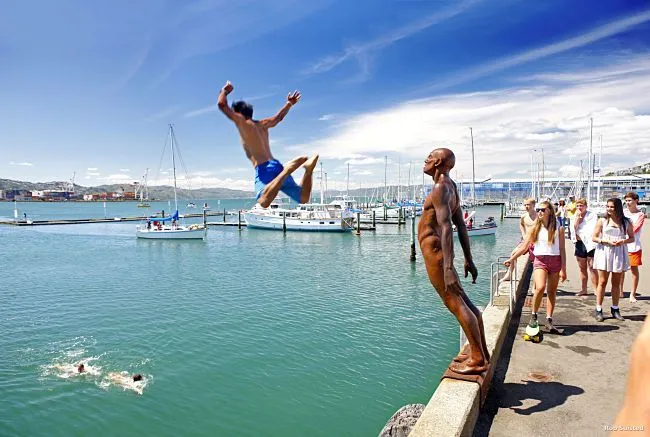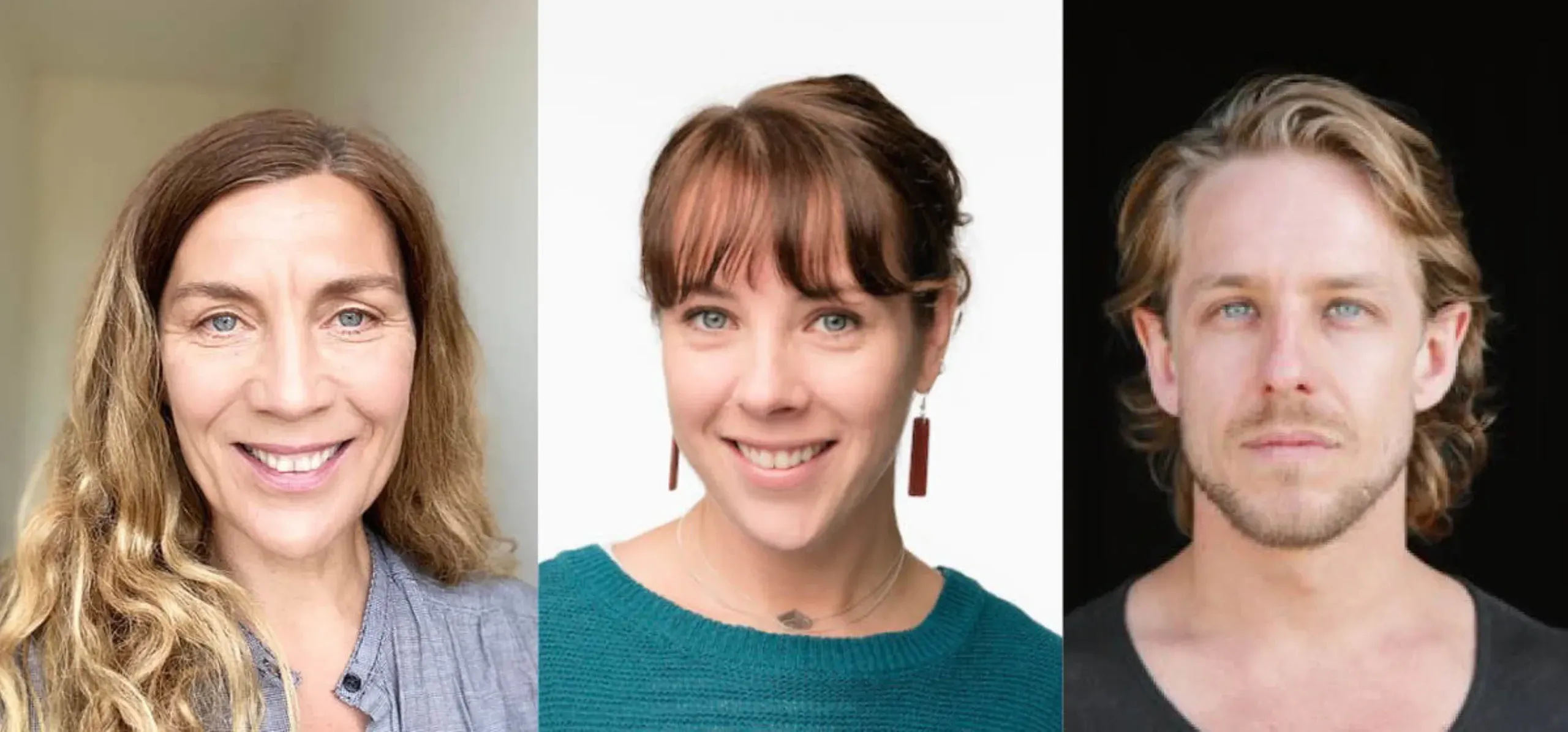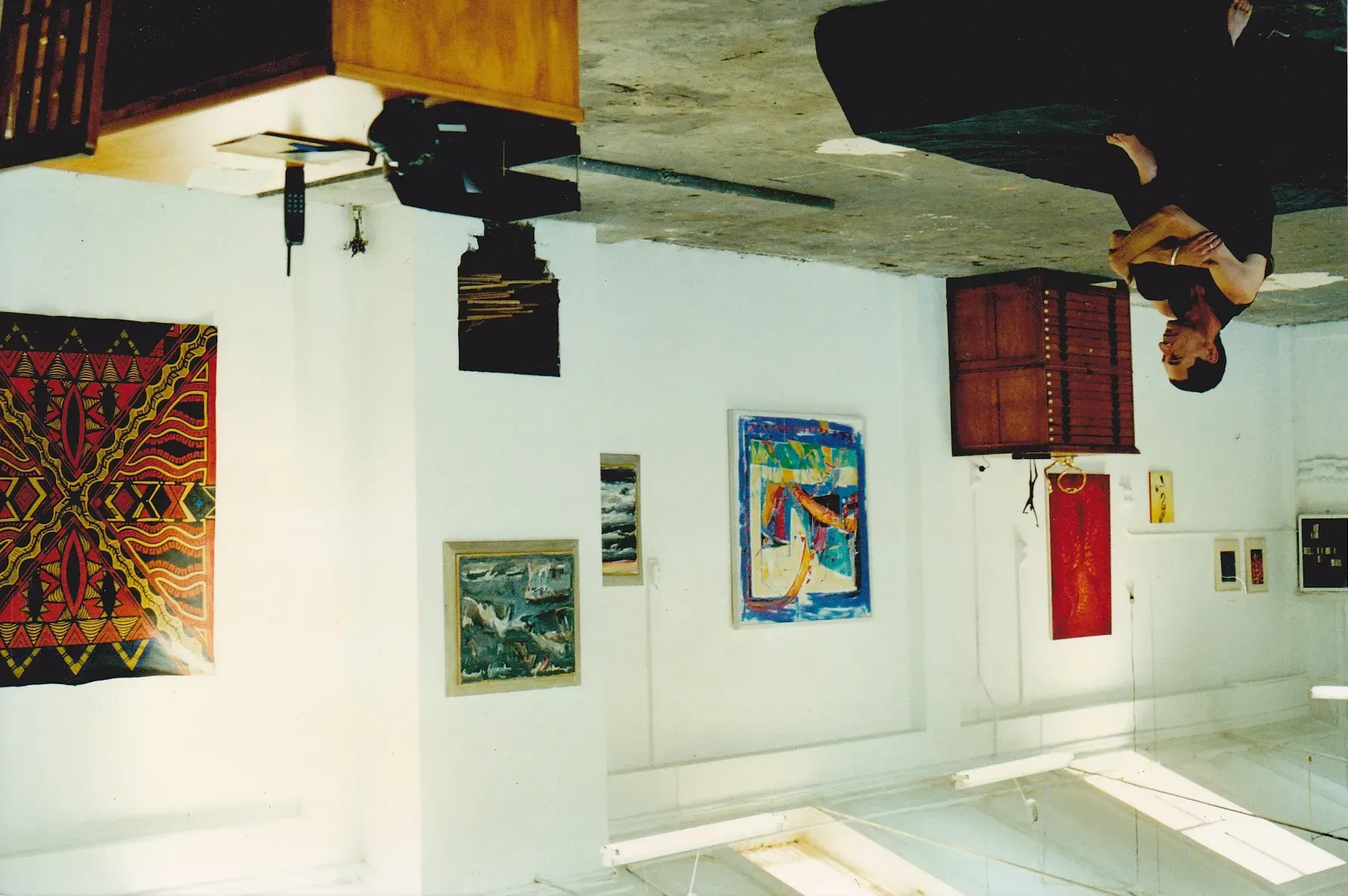In a United State Against Racism
Written by
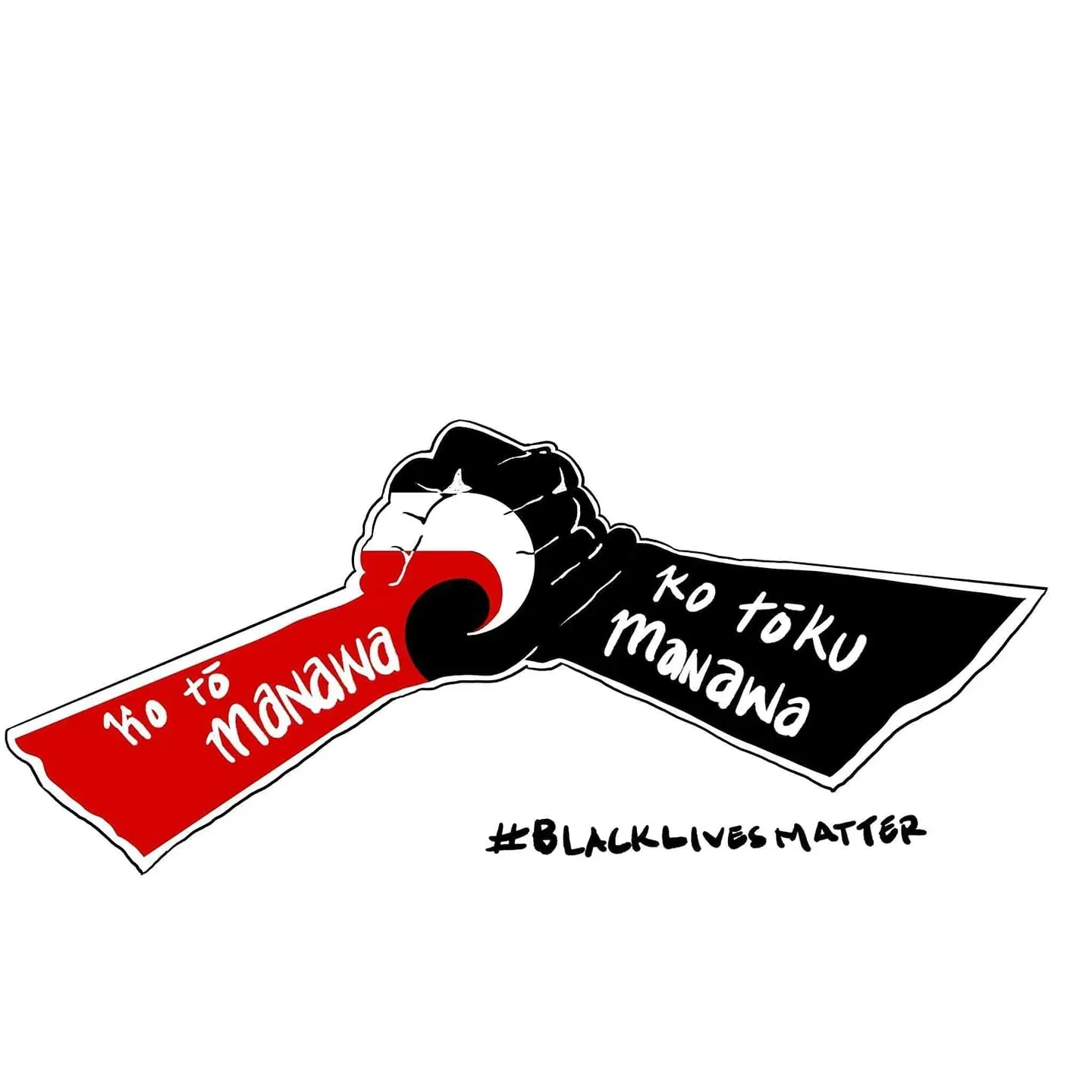
Black Lives Matter
The powerful image that headlines this bulletin has been created by artist Reweti Arapere (Ngāti Raukawa, Ngāti Porou and Ngāti Tūwharetoa). Tens of thousands of New Zealanders were part of Black Lives Matter protest marches on Monday. Artists have been playing a role in asking people to step up. As Newshub reported, choreographer and dancer Parris Goebel (alongside hip hop artists like King Kapisi and Mo Muse) asked for New Zealanders to take action, tweeting. "NZ STAND UP. If you are as frustrated and heartbroken as I am… "
Sandy Mill (Ngāti Porou), has shared a new song in support, titled 'The Color Of Your Skin', a contribution to a project run by Brooklyn label Big Crown Records.
Ahead of the Auckland march, musician Mazbou Q addressed the crowd, asking Jacinda Ardern to condemn the murder of George Floyd by a police officer. At the time of writing, she hasn’t done so. Mazbou Q had dropped a new single ‘Bruised Sole’ a fortnight ago on the back of EP Afroternity (there’s a solid musicnet.nz interview here).
Reweti Arapere is also currently part of Tākiri: An Unfurling at the New Zealand Maritime Museum, running through until 7 June. In this excellent artist video series, he introduces his work and talks about his large scale illustrative work, Waka Huia, telling the story of Ranginui and Papatūānuku.
Artist support for Black Lives Matter is not new. Back in 2016, as this RNZ Morning Report item outlines, 40 artists including Che Fu, Jess B and Soraya Le Pread showed solidarity by holding a gig to fundraise and raise awareness for the movement over police violence against black people.
Taika Waititi is known for having called out racism in New Zealand, but in the US this past week found himself on the receiving end of criticism on Twitter over the movement. Though it has all the flavour of a media clickbait beat-up. Taika shared American rapper, songwriter, actor, and activist Killer Mike's video on the Floyd murder and racism with the caption: "Watch the whole thing. Eloquent. Clear. Everyone is angry but there is a way to direct that anger." As Stuff reports, many responded criticising him for telling black people how to ‘use their anger’.
Solace of the Wind
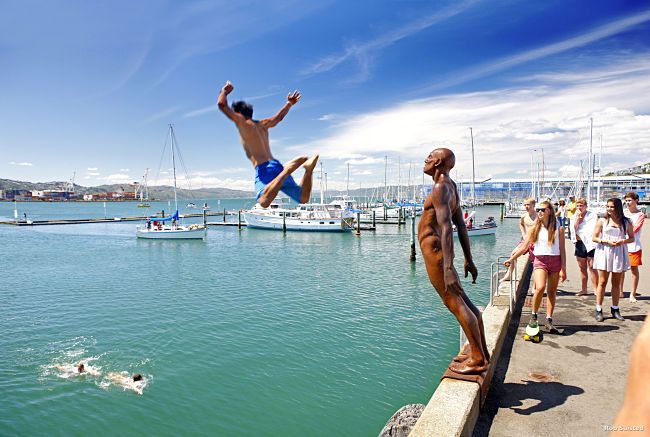
‘Solace of the Wind’. Max Patte. Photo: Rob Suisted, Nature’s Pic Images, Wellington.
As Rod Oram wrote last week on Newsroom - aptly accompanied by Max Patte’s iconic Wellington waterfront sculpture ‘Solace of the Wind’ - the opportunity right now isn’t just for rescue, but for transformation. And that requires us all to lean into the wind, to not squander the chance.
Nice Package
Friday’s further announcement on the government’s recovery package for the arts has been well received and is to be applauded. While there’s a lot of detail to see before full comment, providing funding as it does towards new ways for the arts to be better embedded across society is needed for transformation. Finally, there may be the resources to match the government’s rhetoric.
And yet, there remains an absence of articulated vision or integrated strategy to see those resources well employed; for the decision-making to be effectively marshalled and decentralised, owned by us all. As artist Martin Poppelwell raised as a concern, in reactions to the package "it will undoubtedly be a very useful amount of money injected into the arts... but the outcome could be a lot of very bad art.”
With the awkward way this was rolled out, a fortnight after the budget main announcement, there’s the sense a lot of ministerial catch up is being done. On The Big Idea, Kate Powell neatly described the drama of the rollout as akin to a mini-series: “The first two episodes were a hodge-podge of intrigue, confusion, disappointment and frustration,” she writes, “which gave away to final scenes of realisations, elation and a sense of hope for the future.” She has nicely captured a broad range of reactions.
Media were also caught on the hop by the two-step announcement last week. In this regard, government comms certainly weren’t up to standard in the COVID era. By Thursday night’s Checkpoint, the package was being treated as fully released (rather inaccurately described as the arts getting a near $100 million boost, when almost three quarters of that was for heritage preservation, archives and museums), followed by a review by Lynn Freeman on First Up and a disappointed response from Prof. Peter O’Connor on Morning Report. Even CNZ’s chair Michael Moynahan seemed unaware of the likelihood of any further announcement that day.
At that point, with $25 million to CNZ and $2 million to the Royal New Zealand Ballet it felt like shoring up the status quo, with a palpable absence of new thinking. Then all that changed.
One key strand of Friday’s announcement was a ‘pathways to arts employment’ scheme - the promised reinvigoration of the previous Labour government’s PACE scheme. Amongst the media coverage on this two years ago, Adam Goodall wrote this fine account of the scheme’s “complicated and contentious” history for Pantograph Punch. Then on The Spinoff on Friday, Henry Oliver wrote of how PACE helped turn his musical aspirations into a sustainable career. This time, he says, “I just hope you don’t need to know someone who knows someone to find out about it.”
On NewstalkZB on Sunday, Andrew Dickens chatted with Steve Newall, who welcomed the specific funding provided to the live music sector. “It’s amazing how much money you forget is involved in the creative sector,” commented Dickens. Yes, really.
Queen’s Birthday Shoutouts
A particularly strong swag of artists and writers received gongs this Queen’s Birthday - The Big Idea published a full account Monday here and Viva reported on the “diversity of the creatives”. While the likes of Waititi (on Newshub here) and Elizabeth Knox (Stuff story) were no surprises, there are many names less familiar. This surely provides a welcome opportunity to introduce their works in the media. Like ceramicist Rick Rudd, who has established the remarkable Quartz Museum of Ceramic Arts, and was recognised in the Whanganui Chronicle, while the Bay of Plenty Times acknowledged Maureen Lander has been a critical generous presence in bringing Māori weaving into contemporary art practice.
Were there more artists this year than usual? I did the count. Of 177 awards, 30 went to artists. The previous two years, there were 23 and 24 apiece. It did feel there was notable recognition of poets this year, and the Māori visual arts.
The knighthood of Derek Lardelli for services to Māori art is significant. Lardelli told Te Ao Māori news, “This title belongs to the whole country. Everyone who is helping revive our taonga can help carry this significant title… At the end of the day, this thing we call Māori Art, all of our artists across the country have been recognised today.”
Here’s Karyn Hay on RNZ talking to a new Member of the New Zealand Order of Merit, poet Cilla McQueen. On NZ Poetry Shelf Paula Green acknowledged the poets recognised, and also Naomi McCleary, the founder of the Going West Literary Festival.
Worth Making a Song and Dance About
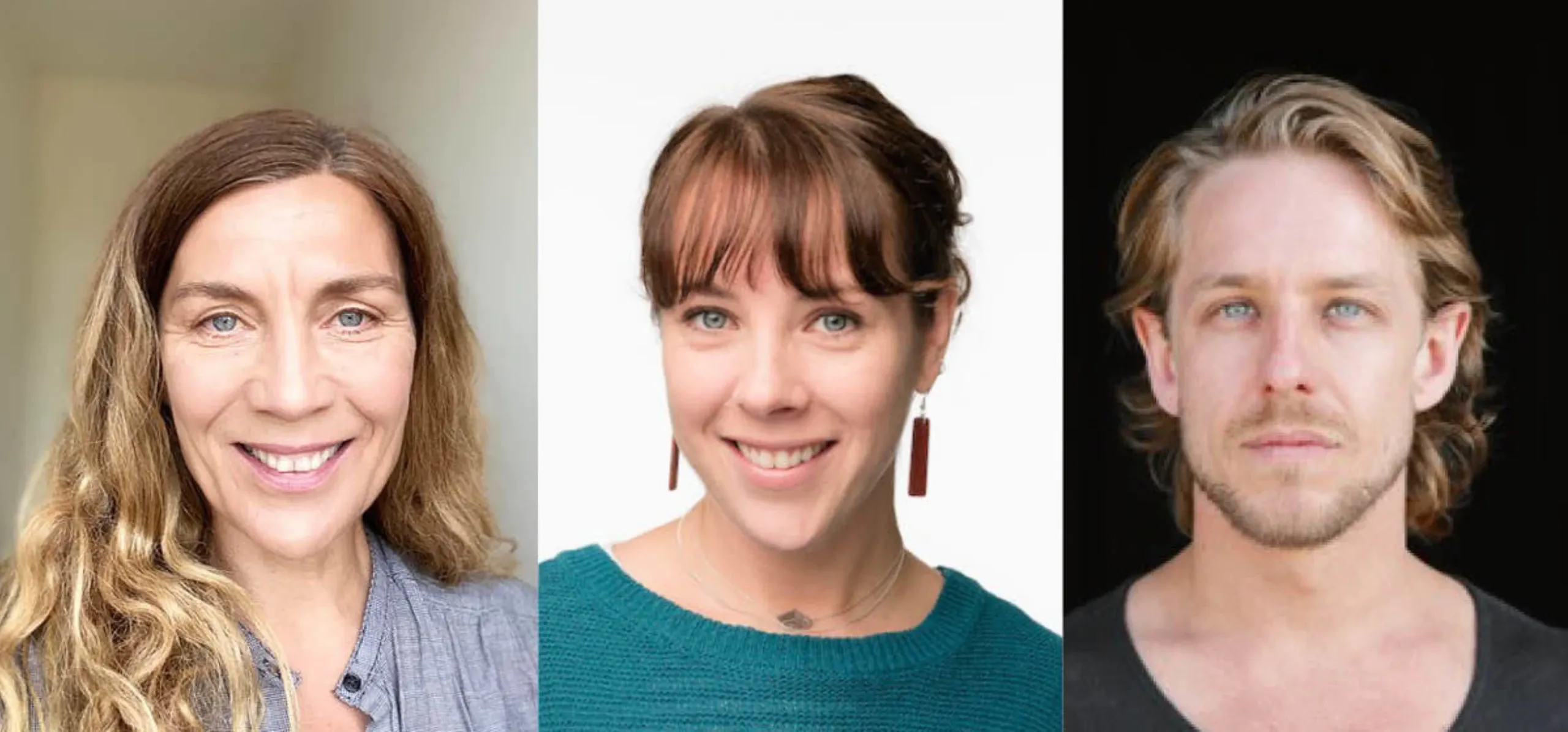
New Zealand Dance Company's new leadership team.
The former Chief Executive of one of the world’s most renowned contemporary dance companies Nederlands Dans Theater, Janine Dijkmeijer is the new New Zealand Dance Company Executive Director. She replaces previous joint Chief Executive and Artistic Director Shona McCullagh (now AD at Auckland Festival). Artistic direction will be shared by NZ dancer Victoria (Tor) Colombus and Australia’s James O’Hara. This is significant news given McCullagh founded the company, and here we see a fresh plurality: one role becomes three, a mix of youth and experience, the local and global.
“I have huge respect for Janine whom I have known for decades as one of the world’s great dance arts managers,” McCullagh said in a company statement. “James is a globally respected, inspirational dance wonder and the DNA of dance in Aotearoa runs deep in Tor’s veins.”
Small Town Diamonds

Artist John Baxter at One Eye Gallery, Paekākāriki 1997.
While small towns throughout the regions are full of artist-run gallery spaces representing locals, contemporary art dealers are very rare outside the cities. North of Auckland, it is sad to see the closure this month of The Vivian in Matakana, a regular at the Auckland Art Fair, after the COVID pause. Dynamic director Scott Lawrie spoke to Lynn Freeman on RNZ’s Standing Room Only last Sunday. The gallery, which has had a strong online presence looks likely to continue in virtual and new pop-up forms.
I have good memories of a regional predecessor that was in my home village of Paekākāriki (also close to a major city, Wellington). Run by painter Gary Freemantle, just published is a history of that gallery written by Freemantle on www.paekakariki.nz. Like The Vivian, One Eye was a great example of the ability on city limits to mix well-known artists trialling ideas with the work of outsiders.
Here’s an idea you would have thought would have come to Christchurch sooner: the Isaac Theatre Royal is planning a drive-in cinema on an empty site next to its closed Christchurch premises to make up for lost income. As a 1200-seat, independently-run venue it’s been particularly hard hit.
And Equity New Zealand president Jennifer Ward-Lealand has come out on behalf of the actor’s union in support of the Screen Industry Workers Bill, which this week is before parliament’s Education and Workforce select committee. “The Screen Industry Workers bill rolls back some of the worst aspects of the 2010 Hobbit Law, and we believe this will lead to a fairer working environment for actors and other screen production workers,” she writes in The Spinoff.
Culture - Past, Present and Future
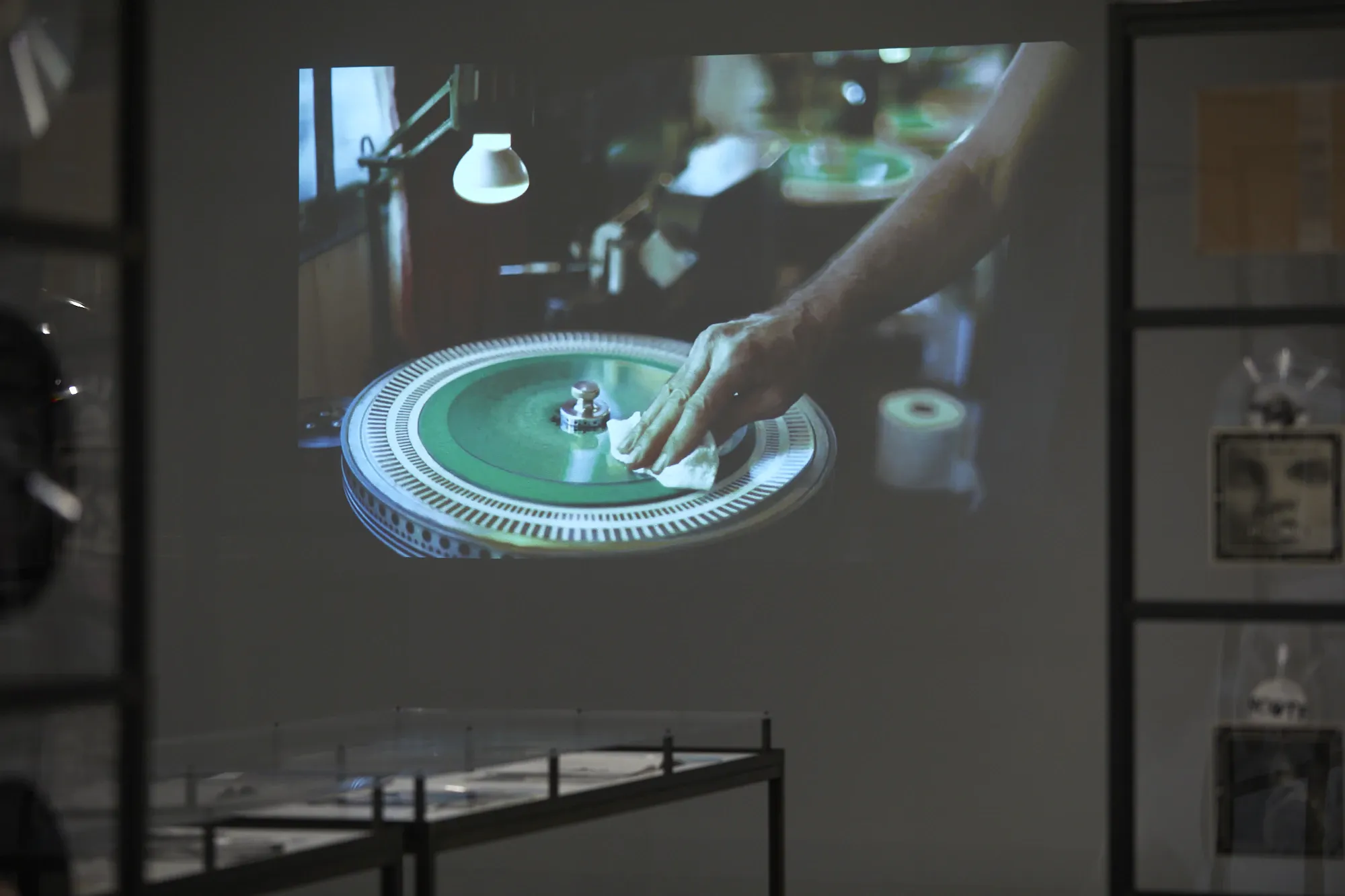
Peter King at work, Mount Somers, 2013, Video by Gareth Moon. Installation view of A Short Run: A Selection of New Zealand Lathe-Cut Records at Objectspace. Photo: Samuel Hartnett.
Right now, probably a lot of your thoughts are with friends in the United States. It was timely then over the weekend to read this piece on Contemporary Hum by New Zealand writer Chloe Lane. It’s an interview with New Zealand artists Amy Howden Chapman in New York and Emma McIntyre in Los Angeles about their lockdown life, with Lane also considering her own time in Florida with artist partner Peter Gouge. “In some sense, it’s like the grim future I know is coming has already arrived,” Howden-Chapman muses. Lane’s first novel The Swimmers is published by VUP in August.
Underway online is the Auckland Festival of Photography. They have put together this interview and presentation of work by photographer Murray Cammick. Cammick - who recently received an Independent Spirit Award at the Taite Music Prize for his services to music - studied photography at Elam School of Fine Arts with lecturers John B. Turner and Tom Hutchins. They encouraged him to take socio-political photos for student newspaper Craccum. His photographs of teens in the ‘70s shown here are a particular kind of treasure.
Skip forward 20 years: “The mid-90s underground music scene was a riot against boredom and conformity, which blossomed thanks to DIY spirits and shared obsessions,” writes artist and designer Kerry Ann Lee of A Short Run at the Dowse on Pantograph Punch. “It's meaningful that these indie artefacts are now being presented in a major national art museum.” A Short Run is a look at the design and production of lathe cut records, in particular the work surrounding records cut by Geraldine’s legendary Peter King. Kerry Ann Lee’s work in both design and the punk and zine scene makes her the perfect tour guide.
Kirsten Matthew has put together a wonderful profile on The Big Idea on one of Aotearoa’s arts great connectors, actors and supporters, head of Toi Whakaari drama school Tanea Heke.
Finally, artist John Ward Knox revealed to me in this piece for The Spinoff - with a smashing photo essay in Karitāne by Justin Spiers - that he has a portrait of Jacinda Adern underway for the Archibald portrait prize at the Art Gallery of New South Wales. Known for his attention to softness, texture and cropped detail, I can’t wait to share the finished work with you sometime soon.

